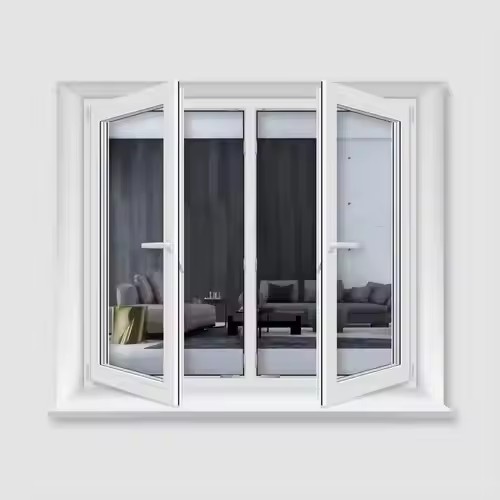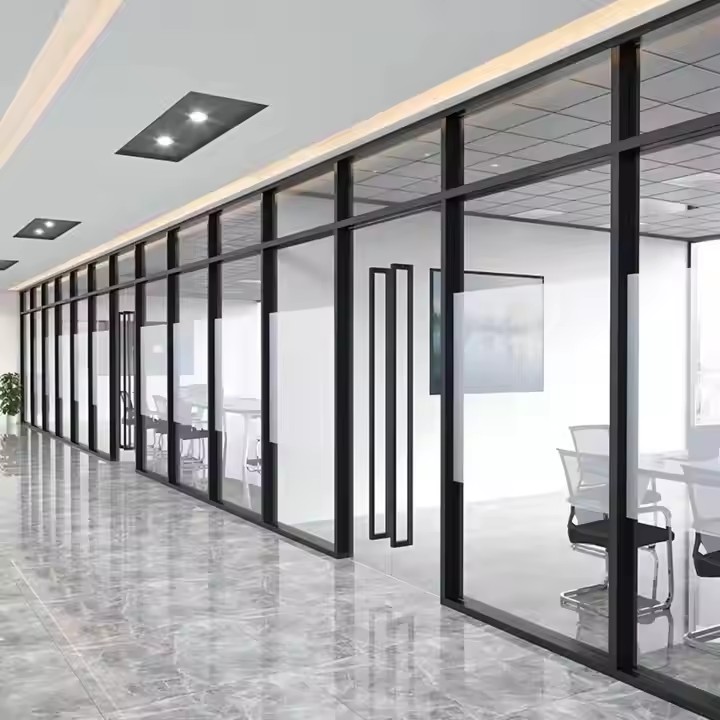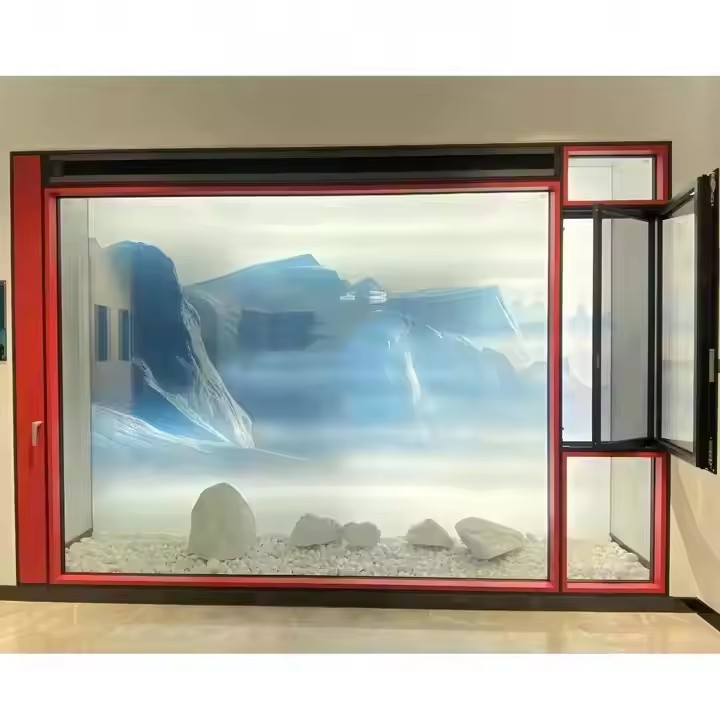- Preparation: In-Depth Research on Target Market Needs and Barriers
Adapting to Local Culture and Building Standards
Architectural Style Differences:
For example, Europe prefers minimalist aluminum windows (like those meeting Germany’s Passive House standards for airtightness), while the Middle East needs thermally broken aluminum systems that resist high heat and sandstorms. In North America, wood-clad composite windows and ENERGY STAR certifications are popular. It’s essential to study local building codes, such as CE certification in the EU or AAMA standards in the U.S., to meet fire resistance, sound insulation, and wind pressure requirements.
Climate Adaptability:
Northern Europe requires triple-glazed windows to prevent frost and condensation; Southeast Asia demands moisture-proof, corrosion-resistant PVC or aluminum products; Australia requires products to pass wind resistance tests for cyclone-prone zones (e.g., AS/NZS 4420.1).
Cultural Preferences:
The Middle East favors decorative wrought iron designs, the Japanese market values space-saving folding doors for compact homes, and American consumers are highly attentive to energy labels and eco-friendly branding.
Understanding Policy and Trade Barriers
Tariffs and Certification Costs:
Use HS codes to check target country import duties (e.g., the EU imposes ~3.2% on aluminum, while the U.S. has placed 25% tariffs on Chinese-made doors and windows). Leverage free trade agreements where possible to reduce costs. Apply early for required local certifications to avoid customs delays.

Local Compliance Requirements:
The EU enforces REACH regulations (restricting harmful substances), the U.S. requires FTC energy labeling, and Canada mandates CSA safety standards. Some countries may even require local lab testing of the product.
- Product Strategy: Building a Competitive Advantage Through Differentiation
Highlighting Key Selling Points
Energy Efficiency:
In Europe, stress U-value compliance (e.g., ≤1.3W/㎡·K in Germany), using Low-E glass with inert gas filling. In North America, highlight ENERGY STAR certification and annual energy savings data.
Safety Features:
The Middle East requires security screen doors, tropical regions like South America demand mosquito netting, and Japan requires earthquake-resistant designs. Third-party testing reports help build trust.
Smart Features:
Premium Western markets favor smart windows and doors (like motorized blinds, photochromic glass, and remote controls), with compatibility for ecosystems like HomeKit or Alexa. Be sure to label app control, energy monitoring, and other smart functions clearly.
Localized Product Customization
Sizes and Opening Methods:
Europe prefers narrow-frame casement windows, the U.S. favors vertical sliding windows, and Australia uses sliding doors. Adjust molds to match local dimensions (imperial vs. metric). Japan’s lower ceilings may require shorter windows for better daylighting.

Material Innovation:
Use aluminum-wood composites for cold regions, 316 stainless steel hardware in tropical zones, and fluorocarbon-coated aluminum in coastal cities. Label weather resistance test data on the product.
- Channel Development: From Distributor Selection to Market Penetration
Best Practices for Distributor Partnerships
Selection Criteria:
Choose distributors with strong connections in the construction materials sector, ideally with installation licenses (e.g., NARI certification in the U.S.). Conduct on-site assessments of their warehousing and after-sales service capabilities.
Cooperation Models:
Offer “exclusive distribution + regional protection” policies. Provide product samples, technical training (e.g., installation standards), and sign performance-based contracts. Maintain a direct e-commerce channel as a backup.
Tapping into Engineering & B2B Channels
Government Projects:
Target public housing and commercial development bids abroad (e.g., Southeast Asia’s “Homes for All” programs). Partner with local contractors, emphasize product value and supply capacity (e.g., proof of producing 5,000 sets per order).
Developer Partnerships:
Sign long-term agreements with multinational real estate developers (e.g., Lennar in the U.S., Daiwa House in Japan). Provide customized solutions (e.g., standardized window-door packages for turnkey apartments), and boost credibility with green building certifications like LEED or BREEAM.
- Marketing: Cross-Cultural Communication and Trust Building
Localized Brand Storytelling
Tailored Value Propositions:
Europe values sustainability, the U.S. emphasizes home safety (e.g., impact test videos for hurricane-proof windows), and the Middle East focuses on luxury (e.g., gold-plated hardware and handcrafted metalwork).

Content Marketing Examples:
Create multilingual brochures (e.g., Arabic versions focusing on anti-rust technology), 3D animated installation videos (to support overseas construction teams), and publish product comparisons on YouTube showing energy savings of your new models vs. traditional ones.
Combining Digital Marketing with Offline Experience
Targeted Ads:
Use LinkedIn to reach architects and developers, run Google Ads with keywords like “energy-efficient windows + local language,” and launch Facebook campaigns for homeowners with local subsidy info (e.g., “Window Replacement Grants”).

